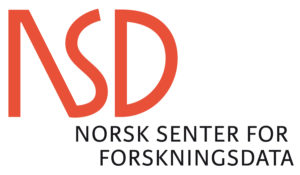Abstract:
The goal of this research was to analyze in detail the consequences of the takeover of DB Schenker by a Danish logistics operator DSV, especially in relation to the restructuring of the global transport and logistics market. Supported the research for potential synergies, opportunities for cost optimization as well as the implications on operational efficiency and enterprise value post merger. Several financial and strategic analytical tools were used to provide them with sufficient insights, including Compound Annual Growth Rate (CAGR) analysis, EBITDA-to-revenue ratio, and enterprise value to EBITDA (EV/EBITDA) multiple, with the aim to enable their analytical conclusions to be more reliable, relevant, and accurate. The analysis was based on hard data from 2019 to 2023, as well as forward-looking financial forecasts. The findings point to a considerable bolstering of DSV’s stand in the major logistics service components, specifically in the areas of air, ocean, and road freight. Expected expansion of revenues and all indicators of profitability could be viewed as a direct result of economies of scale and rationalization of functional structure. Like in other mergers & acquisitions in the transport and logistics (TSL) section, this transaction represents a strategic restructuring instrument to foster market consolidation and to strengthen the competitive position of globally active operator. The forecasted consolidated revenues of the merged company—between EUR 62 and 66 billion in 2028, which some could interpret as a sign of persistent stretching of the market. There are plenty of these types of studies conducted that aim at finding the results of M&A, how many of these result in greater productivity, and whether mergers lead to increased capacities for products, services, or research on the whole. Taking all considered above into account, it can be assumed that the successful merger of DSV and DB Schenker will be able to revolutionize the logistics market, shifting it to a service provision model supported by new technological and operational solutions.





